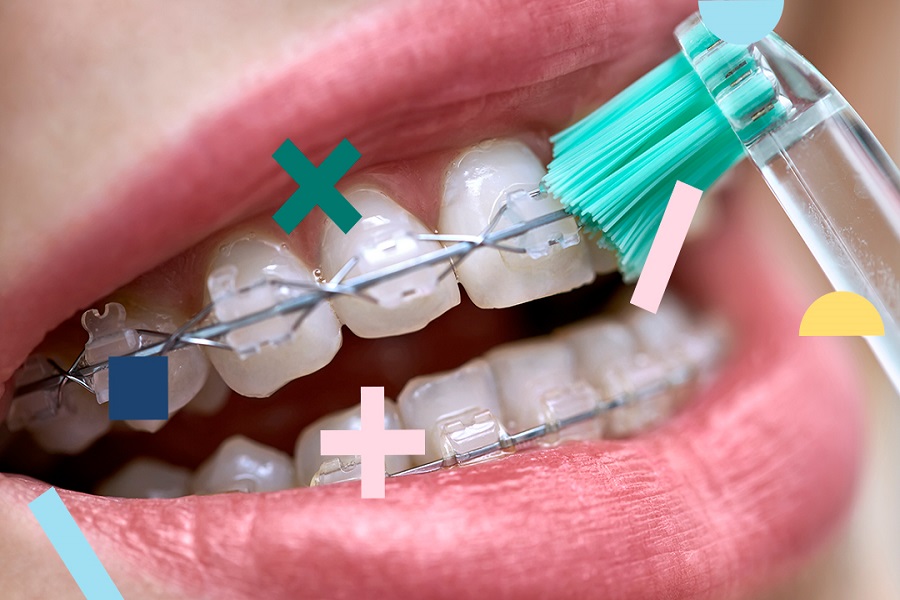Dentures are medically called dentures. There are two types of conventional dentures: fixed and movable. Fixed dentures use the good teeth on the adjacent sides of the missing teeth to fix the dentures on it, and the patient does not need to wear it by himself. When dentures are installed, the good teeth adjacent to the missing teeth are first ground and modified as abutments, and then a brace is placed on them, and then the two ends are connected, and dentures are placed in the middle and fixed. Fixed dentures are small in size, have no foreign body sensation, and are easy to get used to after being inserted into the oral cavity. Moreover, its chewing function recovered very well, just like real teeth. The condition of inlaid fixed dentures is higher. The general age is 25-55 years old, with one or two missing teeth, the adjacent real teeth are of sufficient height, the root is stable, the dental tissue is healthy, the teeth are in normal position, and there is no tilt or twist. Consider installing fixed dentures. However, children, periodontal tissue atrophy, loose teeth, and people with oblique dislocation cannot be installed. Your gums are receding and not suitable. Removable dentures are composed of dentures on the base and elastic metal hooks, which can be removed and worn freely. It has a wide range of adaptations and can be considered by the vast majority of patients. From a missing tooth to a full mouth tooth, even if the adjacent teeth at both ends are not very strong, it can be installed. Its advantages are that there are fewer teeth grinding and modification, and the dentures can be removed for cleaning, which is beneficial to oral hygiene. The disadvantage is that it takes a little longer to adapt after the inlay is installed, and the removable denture is larger in size, has a foreign body sensation, and some will affect the pronunciation, and the stability is poor, and the recovery of the chewing function is worse than that of the fixed denture.
Advertisements
What are the requirements for dentures?
Advertisements
Related Posts
Popular Articles
Are Wisdom Teeth Removal Covered By Dental Insurance?
Wisdom teeth, or third molars, are the last set of teeth to emerge in the mouth, typically appearing between the...
Latest Posts
Tags
alveolar bone bad breath black teeth bleeding gums cold light whitening crooked teeth cure dental care dental implant dental implants Dental Insurance dentures discolored teeth disease gingivitis Gum Disease misaligned teeth oral disease orthodontic orthodontic care orthodontics orthodontic treatment periodontal disease periodontitis permanent teeth porcelain teeth teeth teeth cleaning teeth white teeth whitening teeth whitening methods Teeth Whitening Strips tooth tooth decay tooth extraction tooth filling ultrasonic cleaning underbite whitening whitening toothpaste white teeth wisdom teeth wisdom teeth extraction wisdom tooth yellow teeth

Panda Oral – oral and dental health consultants around you, providing orthodontic, tooth whitening, dental implants, scaling, filling, extraction, dental implants, dental caries, wisdom teeth, bad breath, bleeding gums, oral ulcers, periodontal disease for patients with dental diseases It can help you solve oral problems easily.【Contact us: [email protected]】
Recent News
- How is Cavity Formed in Teeth 04/19/2025
- 14 Way to Stop Cavities from Getting Worse 04/19/2025
- 10 Solid Foods You Can Eat After Wisdom Tooth Extraction 04/19/2025
Copyright © 2023 PANDA ORAL - Oral_Oral health_oral hygiene_oral care_dental health_dental oral surgery




























